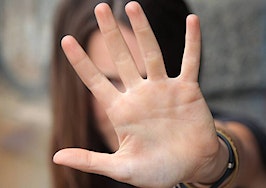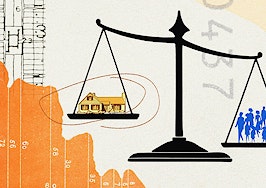- Zillow created a list of the nation's best places for children by searching listing descriptions for kid-friendly terms across the 100 largest cities in the U.S.
- The study also searched for nearby parks and theme parks, big yards and an established community of families.
- Texas was home to some of the study's top finishers, with four of the top 10 cities sitting in the state.
As much as it felt like your parents didn’t care about what you had to say growing up, child-friendly homes and communities are a high priority for homebuyers with young families, especially those moving to a new city.
To help ease the search for buyers with kids (and the busy life that comes with them), Zillow created a list of the nation’s best places for children by searching listing descriptions for kid-friendly terms across the 100 largest cities in the U.S. The study also searched for nearby parks and theme parks, big yards and an established community of families with plenty of friends to make.
“Must-haves for families with kids are a lot different than those without,” Zillow Chief Marketing Officer Jeremy Wacksman said in a statement. “Proximity to happening nightlife isn’t nearly as important as growing up close to lots of other kids to play around with. On this list of kid-friendly communities, currently ‘hot,’ amenity-rich, dense cities like San Francisco and Seattle take a back seat to communities in wide-open places like Texas and the Midwest that offer plenty of room for children to grow.”
As Wacksman mentioned, Texas was home to some of the study’s top finishers, with four of the top 10 cities sitting in the state. Corpus Christi (1), Fort Worth (3), San Antonio (4) and Dallas (10) all had a high amount of residents under 10 years old and listings with kid-friendly terms.
New York City might be the place to be for adults, but it’s not the friendliest to children, the report shows. There’s only 0.01 theme parks for each 1,000 people in the metro, and just 5 percent of listings had kid-friendly terms. And although median yard size wasn’t available for New York City, it’s not a metro known for space.
Los Angeles might have a lot of coastline, but it could use more parks for its kiddos, the report shows. L.A. only has two parks per 1,000 people, the report says, and only 0.01 theme parks.
As one might expect, San Francisco doesn’t have a lot of yard space, with a median yard size of just 1,463 square feet. Kids might have more trouble finding friends in the metro, also, with only 8.2 percent of its residents under the age of 10. San Jose has a larger median yard size (4,705 square feet) and a good amount of theme parks (0.04 per 1,000 people), but only 4.3 percent of its listings have kid-friendly terms.
Chicago has a decent amount of parks per 1,000 people, at 0.03, but only 2 percent of its homes on the market are listed with kid-friendly terms.
Austin, Houston and San Antonio all have reported median yard sizes of larger than 5,800 square feet, and each metro has at least 14.5 percent of its population under the age of 10. San Antonio saw a relatively high number of listings with kid-friendly terms, at 14.3 percent, while Austin has four parks per 1,000 people.
Although more than 10 percent of both metros’ populations are under the age of 10, Baltimore and Washington D.C. scored poorly for child perks. Baltimore’s median yard size is on the smaller end, at 1,232 square feet, while D.C.’s is just 1,707 square feet. A paltry 2.2 percent of listings had kid-friendly terms in Baltimore, while only 1.9 percent did in D.C.















